Inventor profile: Lakmazaheri is selected to participate in the 2015 International Science Fair
April 12, 2015
Astounding the judges, Ava Lakmazaheri has been working on a brainwave-activated robot since the summer, when she stumbled upon a life-changing video.
The summer before her junior year, Lakmazaheri signed up for an online neuroscience class on a whim, and came across a video demonstration of a brain-computer interface (BCI) that allowed a woman with tetraplegia (a paralysis caused by physical injury or illness) to control a robotic arm with her brainwaves, allowing the woman to pick up a cup of coffee and take a drink. The technological advancements and touching story of the woman with tetraplegia triggered Lakmazaheri’s interests. She had already been interested in neuroscience, and decided that she would use BCIs in her science fair projects. She combined her interests in robotics and neuroscience to create her project, and hopes to use her robot to make a difference in people’s lives in the future.
Background:
Lakmazaheri started working on engineering projects at a young age. She has been building robots since elementary school and has competed in numerous robotics competitions since middle school.
Current activities:
Since the beginning of her junior year, Lakmazaheri has been working on developing a software and hardware infrastructure that can support brainwave signal generations and process schemes for object manipulation by a humanoid robot. She has also been working on the design of a dexterous anthropomorphic robotic hand.
Past competitions and recognitions:
2015 Virginia State Science & Engineering Fair
- Second Grand Prize Winner
- First Place, Engineering: Mechanical & Electrical
- Most Outstanding Exhibit: Yale Science & Engineering Association Inc.
- Special Award, Air Force
- Third Place Excellence in Applied Sciences, Leidos
2015 Fairfax County Regional Science & Engineering Fair
- First Place, Robotics & Intelligent Machines
- First Place, American Society of Mechanical Engineers (ASME)
- First Place, Institute of Electrical & Electronics Engineers (IEEE)
- Most Outstanding Exhibit: Yale Science & Engineering Association Inc.
- Preparation, Filing & Prosecution of US Patent Application, Hunton & Williams, LLP
- First Place, Virginia Dental Association
- First Place, Northern Virginia Dental Association
- Second Place, Youth Inspire
- Second Place, Patent and Trademark Office Society
- Second Place, Armed Forces Communications and Electronics Association (AFCEA)
- Honorable Mention, Aerospace Corporation
2014 VEX Robotics High School Division – World Championship
- Create Award
2014 VEX Robotics High School Division – Spring Hampton Roads Competition
- Excellence Award
- Tournament Champions
- Programming Skill Winner
- Robot Skill Winner
- Judges Award
2014 VEX Robotics High School Division – Potomac School Regional
- Tournament Finalist
2014 VEX Robotics High School Division – Loudon Regional Toss Up State Qualifier
- Excellence Award
- Tournament Finalis
2013 VEX Robotics High School Division – REX Hosts Toss Up
- Amaze Award
- Robot Skills Winner
- Tournament Champions
2013 VEX Robotics High School Division – Central VA Regional Competition
- Design Award
- Tournament Finalist
2013 VEX Robotics High School Division – Washington DC Regional Competition
- Design Award
2013 Science Olympiad High School Division – Virginia State Tournament
- First Place, Robot Arm
2012 VEX Robotics High School Division – VEXmas Classic
- Programming Skills Winner
- Judges Award
2012 VEX Robotics High School Division – Northwest Maryland Competition
- Excellence Award
- Programming Skills Winner
2012 VEX Robotics Middle School Division – U.S. National Championships
- Amaze Award
2012 VEX Robotics Middle School Division – Washington DC Regional
- Design Award
2011 VEX Robotics Middle School Division – BCPS County Tournament
- Design Award
Q-and-A: On April 12, tjTODAY interviewed Lakmazaheri for being invited to compete at the Intel International Science and Engineering Fair.
Q: What was the process of being selected to go to the International Science Fair?
A: I placed first in the Electrical and Mechanical Engineering category at the TJ Science and Engineering Fair back in February. That award qualified me to participate in the Fairfax County Regional Science and Engineering Fair in March. A first place award in my category again at the regional fair enabled me to advance to the next competition, the Virginia State Science and Engineering Fair. There, my project was ranked first in my category, and I was awarded the Second Grand Prize which qualified me as a finalist for the Intel International Science and Engineering Fair.
Q: What were your thoughts when you found out you were going to Internationals?
A: It was really exciting to be recognized for my work and I felt so fortunate to be given a chance to participate in the international fair this year. It was an amazing feeling to realize that among so many qualified individuals, you are one of the few who is given this opportunity.
Q: What is your favorite part about completing your project?
A: After years of working with navigational robots, it was pretty exciting to design and build my first humanoid. But beyond that, I really enjoy the challenge of figuring out how to map raw brainwaves into robot actions.
Q: What do you love the most about your project?
A: I find the long-term goal of my project very meaningful, and I love the idea of being able to design and build a brain-actuated exoskeleton that one day can bring about a qualitative improvement in the lives of people with physical disabilities.
Q: When/how much time do you dedicated to your project?
A: Most of my work has taken place during the summer and holidays this academic year. At school, I spend about three hours per week working on my robot at the JUMP Lab. At home, I Spend a few more hours on research, brainstorming, or programming every weekend.
Q: What are your goals for the future of your experiment?
A: There are various technical issues that need to be addressed for effective human-machine interfacing. I will be researching and addressing some of these as well as issues pertaining to humanoid and exoskeleton robot design for the foreseeable future. Eventually I would like to be able to build and distribute commercially available brain-actuated systems that would benefit people with physical disabilities.
Q: What are you looking forward to the most at Internationals?
A: I am really looking forward to meeting and exchanging ideas with students with similar projects from all around the world. I also hope to find a few students who I can collaborate with on my project.

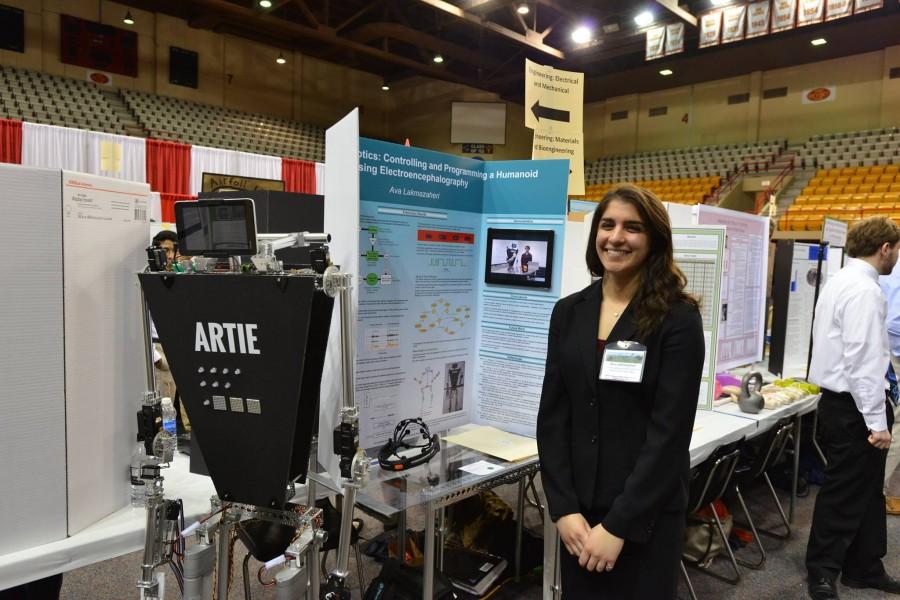

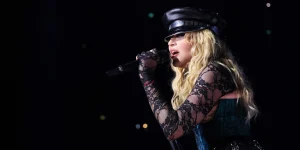


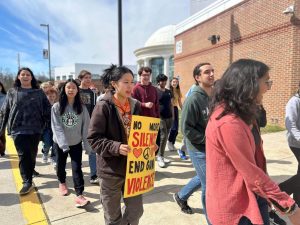
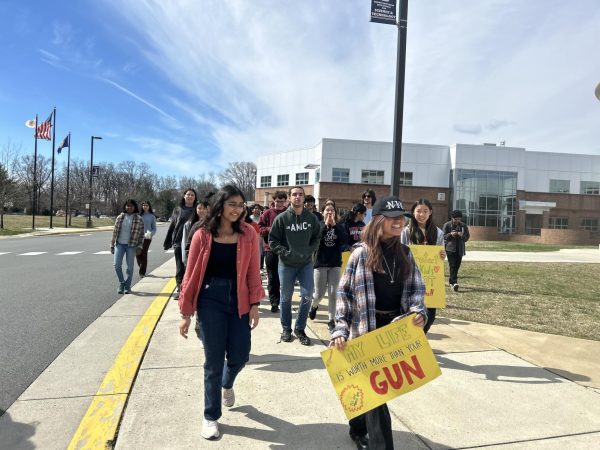
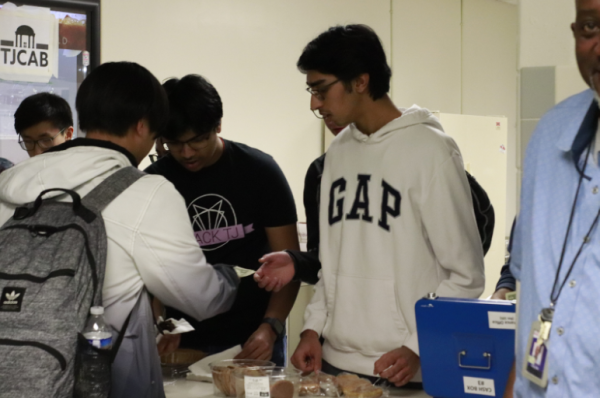
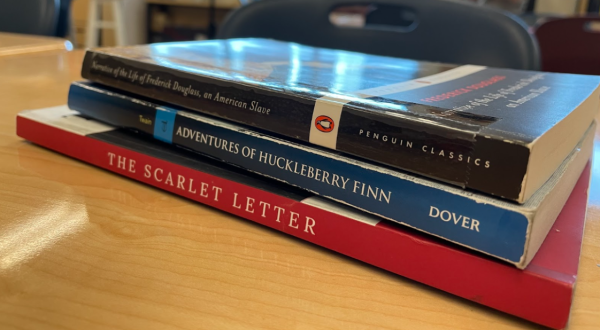
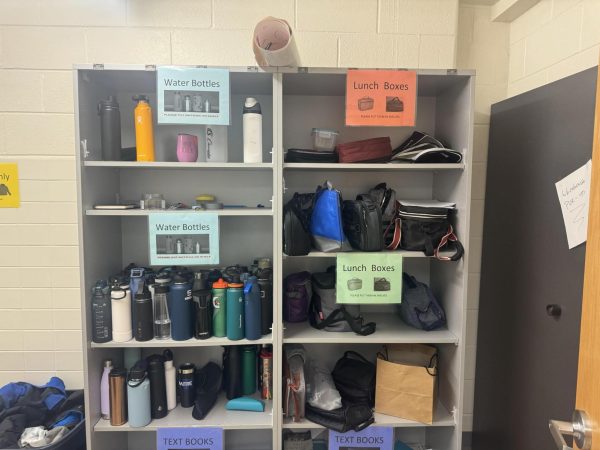
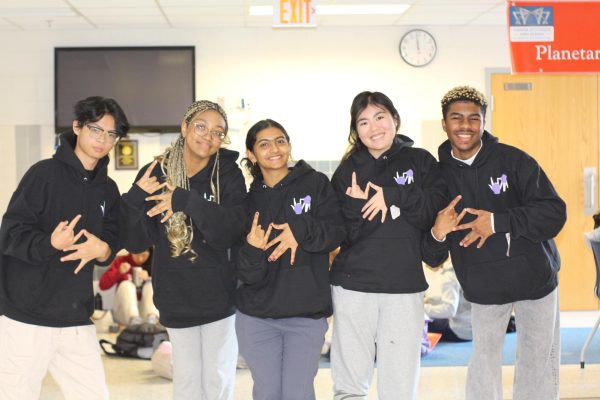
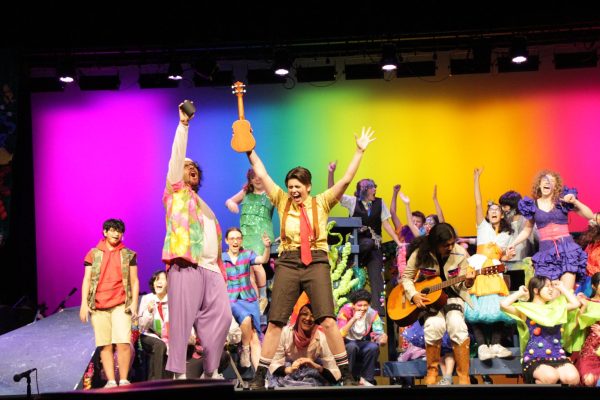
![Kai Wang conducts Symphonic Orchestra as the first Jefferson orchestra performance composed and conducted by a student. Everyone in the ensemble dressed in red to symbolize good fortune and joy for the Lunar New Year. “I was just proud of him, because [the piece] was such quality,” orchestra director Allison Bailey said.](https://www.tjtoday.org/wp-content/uploads/2024/02/IMG_0893.jpeg)
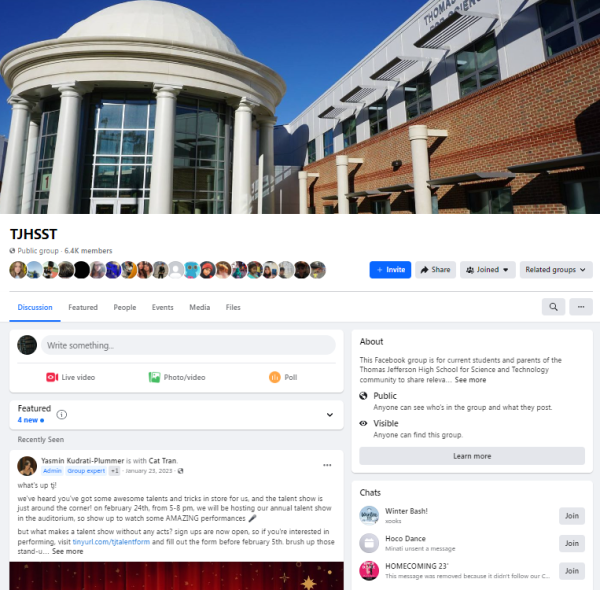
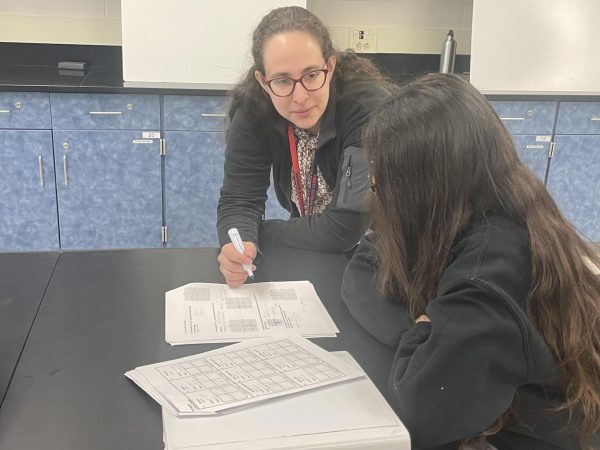
![Sophomore Holly Huang twirls a ribbon as she performs her dance, “Joy of the Dragon.” Chinese ribbon dance is a traditional art form originating in ancient China. Her ribbon dance was inspired by the revered mythical creature and this year’s Chinese zodiac sign, the dragon. “My ribbon symbolized a dragon flying in the air. My outfit was [also] inspired by the dragon, the color was the same color as my ribbon, but on the shoulder there were some details like dragon scales,” Huang said. “I liked how there were a lot of people in the audience and it was just really fun to perform.”](https://www.tjtoday.org/wp-content/uploads/2024/02/IMG_0964-1-600x387.jpg)